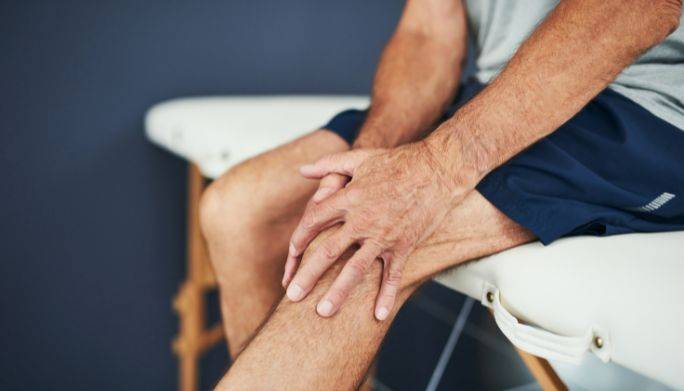What Physical Therapy is Good For Arthritis?
Whether you are suffering from arthritis or not, there is no reason not to get involved in physical therapy. This is because it helps to reduce pain, keep joints healthy and promote healing. There are various types of physical therapy, such as occupational therapy, TENS therapy and NSAID pain relievers. Taking part in these types of therapies can also help you to maintain a healthy and active lifestyle. Learn more about our physical therapy services and how they can benefit you.
Exercise
Keeping up with a regular exercise regimen can help arthritis sufferers manage their symptoms and improve overall well-being. Fortunately, physical therapy can provide the tools and guidance needed to get started. In fact, it is a crucial part of any arthritis treatment plan. Fortunately, there are a variety of exercises to choose from, including those that target specific joints.
In addition to improving your physical health, exercise can also improve your mental health. It increases energy levels and boosts mood. It can also improve your social life. Learn more about the way our telehealth physical therapy and corrective exercise solutions can help you.
Some people may be unsure of the proper exercises to try. That is why it is recommended to work with a physical therapist. They can recommend a range of exercises and teach you proper form. They can also help you find the best exercises for your particular arthritis condition.
Joint-friendly physical activity in our area
During physical therapy for arthritis, it is important to know that exercise can alleviate pain, increase joint function, and boost mobility. In addition, exercise has been proven to reduce the risk of developing cardiovascular disease. But, exercise may be a challenge for people with arthritis.
It is best to start an exercise program slowly. The goal is to build up to exercising for at least 30 minutes daily. Begin with low-impact aerobic exercises. These include walking, cycling, swimming, and group exercise classes.
You should also be aware of specific movements and positions that may aggravate your arthritis. A physical therapist can recommend specific range-of-motion exercises. Check out more of the ways our treatments can help!
Occupational therapy
Occupational therapy (OT) is an effective way to help you manage the symptoms of arthritis. It can help you become more independent and reduce your pain. It can also help you slow the progression of arthritis.
The best way to improve your life with arthritis is to see an occupational therapist as soon as possible. They will help you with your daily tasks and show you techniques that will help you maintain your independence.
When you see an occupational therapist, they will help you create a plan that fits your individual needs. They may suggest stretching exercises, assistive devices, and modifications to your home.
TENS therapy
Whether you are experiencing pain in your neck, back, knees, or hands, TENS therapy is an effective treatment. It is non-invasive and can be applied in your home. It may provide pain relief for up to a few months.
TENS therapy uses a low-voltage electrical current to deliver small electrical impulses to the affected area. The impulses may help relax muscles and retrain nerve patterns. In addition, the electrical pulses may reduce pain signals sent to the brain.
TENS therapy is used in addition to other pain management strategies, such as physical therapy. It may also reduce the need for pain medication.
NSAID pain relievers
NSAID pain relievers are a common treatment for many types of pain, but they have their disadvantages. If used incorrectly, they can have serious, sometimes life-threatening side effects. Fortunately, they have many benefits when used correctly. Ultimately, they are effective at relieving pain and reducing swelling. But the risk of these side effects means that patients should be aware of them and seek professional medical advice.
NSAIDs are medications that work by blocking Cox enzymes, which produce prostaglandins. These prostaglandins are hormone-like chemicals that play a role in pain and inflammation. By blocking Cox enzymes, NSAIDs reduce swelling and pain. In addition to reducing pain, NSAIDs can reduce fever.
Joint replacement surgery
Whether you have arthritis or have undergone joint replacement surgery, physical therapy is a great way to recover. Not only does it get your muscles moving, it can also help with your mental health. The exercises are specially designed to target your needs.
A physical therapist can help with things like standing up, climbing stairs, using crutches, and walking. They can also identify the right assistive device for your needs.
You’ll be given an exercise routine to perform two to three times a day. These should be simple and low impact. These exercises can help your joints recover from surgery faster.
Start Your Treatment in our area
If you are dealing with arthritis, we hope this article shows you a way out of pain and back to living your life. If you have any questions or want to schedule a consultation in our area, please reach out to our team.



